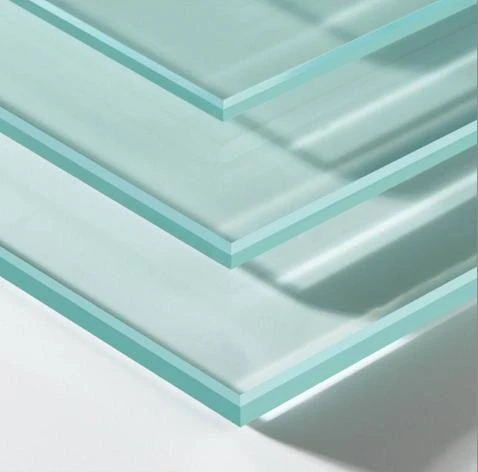дец . 05, 2024 10:44
Different Types of Opaque Glass A Comprehensive Overview
Opaque glass serves a variety of purposes in architecture, design, and everyday applications. Distinct from clear glass, opaque glass does not allow light to pass through, providing privacy, aesthetic appeal, and functional versatility. This article aims to explore the different types of opaque glass, their characteristics, applications, and advantages.
1. Frosted Glass
Frosted glass is one of the most common types of opaque glass. It is created by sandblasting, acid etching, or applying a film to a clear glass surface, resulting in a semi-translucent finish. Frosted glass is popular in homes and offices for bathroom windows, shower doors, and partitions as it provides privacy while still allowing some natural light to filter through. Additionally, it is easy to clean and maintain, making it a practical choice for various settings.
2. Tinted Glass
Tinted glass is produced by adding color to the glass during the manufacturing process or by applying a colored film to clear glass. It comes in various shades and levels of opacity, allowing for creative expression in architectural design. Tinted glass helps to reduce glare and UV radiation, making it a favored option in skyscrapers, commercial buildings, and residential homes. It contributes to energy efficiency by minimizing solar heat gain, thus reducing cooling costs.
Laminated glass consists of two or more layers of glass bonded together by an interlayer of polyvinyl butyral (PVB) or ethylene-vinyl acetate (EVA). The interlayer can be colored or treated to achieve opacity. This type of glass is particularly valued for its safety and sound insulation properties, making it suitable for windows and doors in both residential and commercial buildings. Laminated glass can also be used in areas where impact resistance is crucial, providing an additional layer of protection.
4. Colored Glass

Colored opaque glass is manufactured by adding metal oxides during the melting process, resulting in a solid color throughout the glass piece. With a variety of hues available, colored glass is often used in stained glass windows, decorative items, and artistic installations. This type of glass can add character and elegance to spaces, allowing for creative designs in both functional and artistic applications. Its ability to block harmful UV rays makes it a practical choice for decorative outdoor elements.
5. Reflective Glass
Reflective glass features a metallic coating that gives it a mirror-like quality. This type of glass not only provides aesthetic benefits but also maximizes privacy while preserving daylight. It is commonly used for building facades, store windows, and in areas where glare reduction is desired. Reflective glass helps to reduce heat buildup in buildings, thereby improving energy efficiency. However, care must be taken during installation to avoid unintentional issues with glare for neighboring properties.
6. Opaque Glass Blocks
Opaque glass blocks are solid units of molded glass that provide strong privacy and sound insulation. Often used in interior design, they are popular in bathrooms, basements, and commercial spaces. Glass blocks are available in various shapes and sizes, and their artistic potential allows for exciting design possibilities. This type of glass is durable and can be used for both functional and decorative purposes, adding texture and unique patterns to spaces.
Advantages of Opaque Glass
The utilization of opaque glass offers several advantages. It enhances privacy, blocks harmful UV rays, and can contribute to energy efficiency by regulating light and heat. Moreover, opaque glass is customizable, allowing homeowners and architects to create tailored solutions that meet specific aesthetic and functional requirements. In addition to its practicality, opaque glass can serve as a canvas for artistic expression, transforming plain spaces into visually intriguing environments.
Conclusion
The diverse range of opaque glass types — including frosted, tinted, laminated, colored, reflective, and opaque glass blocks — offers numerous possibilities for design and functionality. As technology advances, the options for opaque glass are likely to expand even further, providing innovative solutions for architects, designers, and homeowners alike. Whether for privacy, energy efficiency, or aesthetic appeal, the various types of opaque glass can enhance and elevate many architectural and interior designs, meeting the needs of modern living consciously and creatively.
The Role of Mirror Glass in Luxury Interior Design
NewsJun.23,2025
The Best Textured Glass for Bathroom Windows
NewsJun.23,2025
Residential Glazing Energy Efficiency Requirements
NewsJun.23,2025
Float Glass Uses
NewsJun.23,2025
Clear Float Glass For Solar Panel Covers
NewsJun.23,2025
Benefits Of Using A Glass Mouse Pad Over Traditional Ones
NewsJun.23,2025